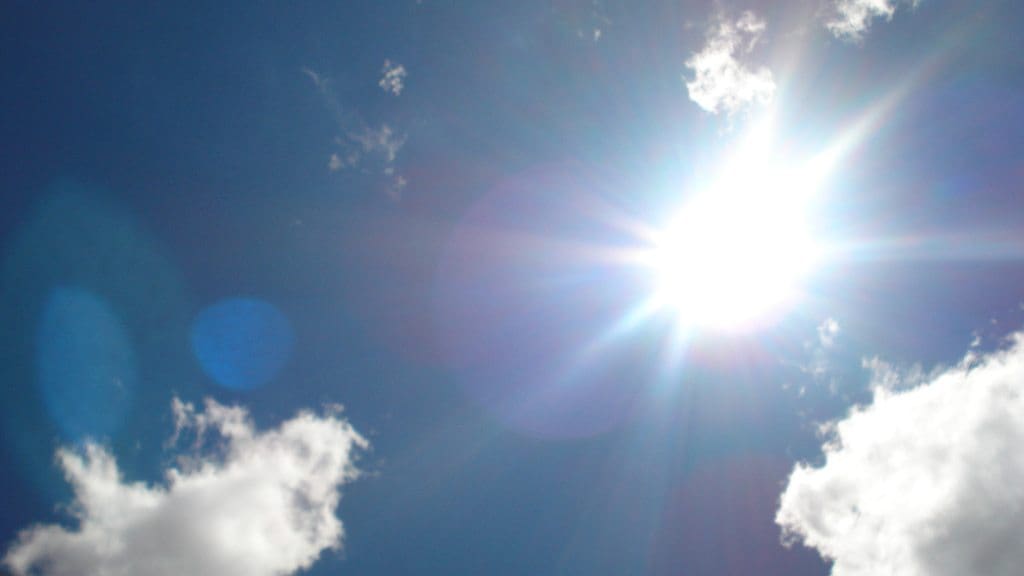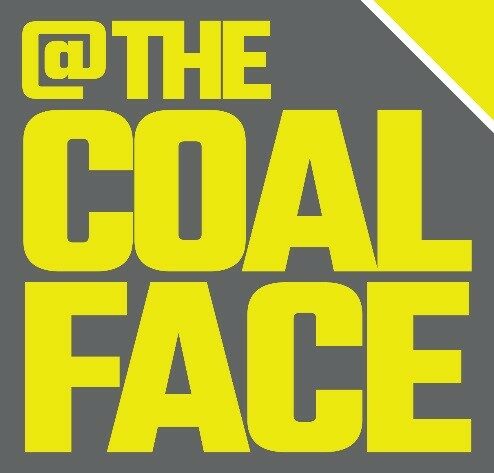Safe Work Australia have published new guidelines on managing the risks of solar ultraviolet radiation (UVR).
While the sun is the main source of UVR, it is not the only source. UVR also comes from phototherapy, solariums, fluorescent, neon and halogen lighting, industrial arc welding, UVR lamps, ‘black lights’, germicidal UVR lamps and UV lasers.
Solar UVR is part of the electromagnetic spectrum emitted by the sun and is composed of three wavelengths: UVA, UVB and UVC. While all UVC and most UVB radiation is absorbed by the atmosphere, all UVA and about 10 percent of UVB radiation reaches the earth’s surface. Both UVA and UVB are known causes of skin cancer.
Solar UVR cannot be seen or felt and can pass through clouds and loosely woven material. It can also bounce off reflective surfaces like metal, concrete, water and snow. It is a known carcinogen like asbestos and tobacco and is the main cause of skin cancer in Australia. It can also lead to significant and irreversible skin and eye damage.
It is an employers’ responsibility to manage health and safety risks in the workplace, including risks associated with exposure to solar UVR. The following guidelines can assist employers in managing those risks. It is also important that all employees understand their employers obligations to keep them safe from solar UVR.
Identify the hazard
Exposure to solar UVR is a risk for anyone who works outside. Not only is it a hazard when working in direct sunlight, it can also be reflected off certain materials, such as concrete, metal, snow and sand, increasing the level of exposure.
Solar UVR can reach levels high enough to damage unprotected skin for most months of the year across many parts of Australia. All skin types can be damaged by exposure to solar UVR, however those with paler skin are at an increased risk.
Assess the risk
Once you have identified solar UVR risks, a risk assessment can help you determine: the severity and likelihood of the risk, if existing control measures are effective, what action you should take to control the risk, and how urgent it is. However, a risk assessment may not be needed if a hazard, the relevant risks, and their control measures are already known and understood.
Manage the risks
You must do as much as you reasonably can to eliminate the risks associated with solar UVR exposure. For example, you can eliminate the risk by carrying out work indoors. If this is not possible, you must minimise the risk through one or more of the following:
Substituting or replacing a hazard with a safer one. For example, carrying out the work during the early morning and late afternoon when the risk of solar UVR exposure is lower.
Isolating or separating the risk from workers. For example, ensure work is carried out undercover or in a well shaded area.
Engineering controls are physical control measures to minimise risk. For example, installing permanent shade structures to buildings and mobile plant, installing window tinting to mobile plant or vehicles, or altering a surface to be less reflective.
Administrative controls should be designed to provide a systematic framework to support the higher controls already implemented and further minimise exposure to UVR. Examples include: workplace polices, safe work procedures, information and training, and supervision.
Personal protective equipment (PPE) must be provided and you must ensure the use of PPE such as UPF 50+, clothing, broad-brimmed hats or hard hats with brims/flaps, and at least SPF 30+ broad-spectrum water-resistant sunscreen.
Workers have a duty to take reasonable care for their own health and safety and to not adversely affect the health and safety of other persons.
Workers must comply with reasonable instructions, as far as they are reasonably able, and cooperate with reasonable health and safety policies or procedures that have been notified to workers. If personal protective equipment (PPE) is provided by the business or undertaking, the worker must, so far as they are reasonably able, use or wear it in accordance with the information, instruction and training provided.
| While UVR is the major cause of skin cancer, it is the best natural source of vitamin D which in small amounts is essential for good health. For most people adequate vitamin D levels are reached through regular daily activity and incidental exposure to the sun. Sensible sun protection does not put people at risk of vitamin D deficiency. |











